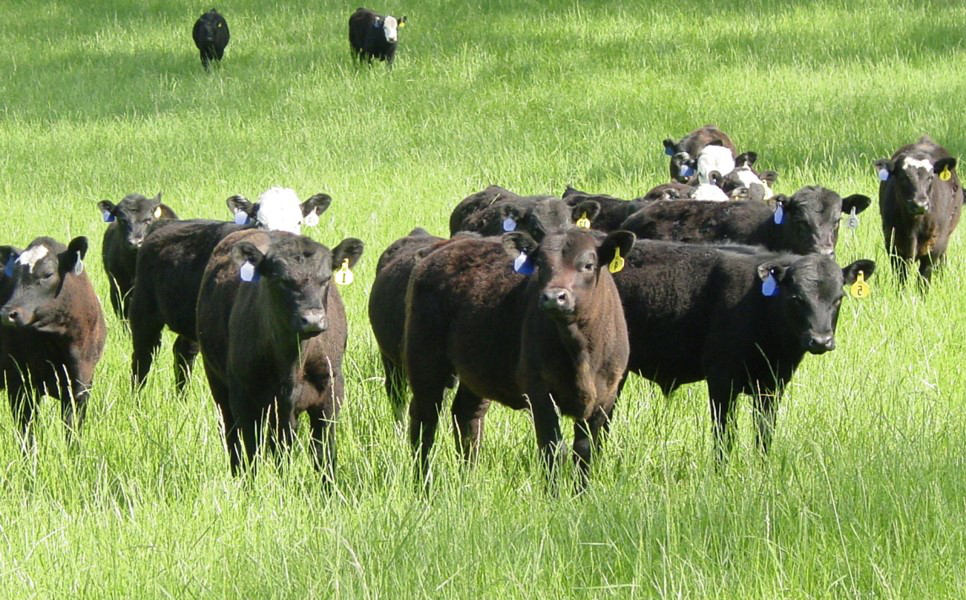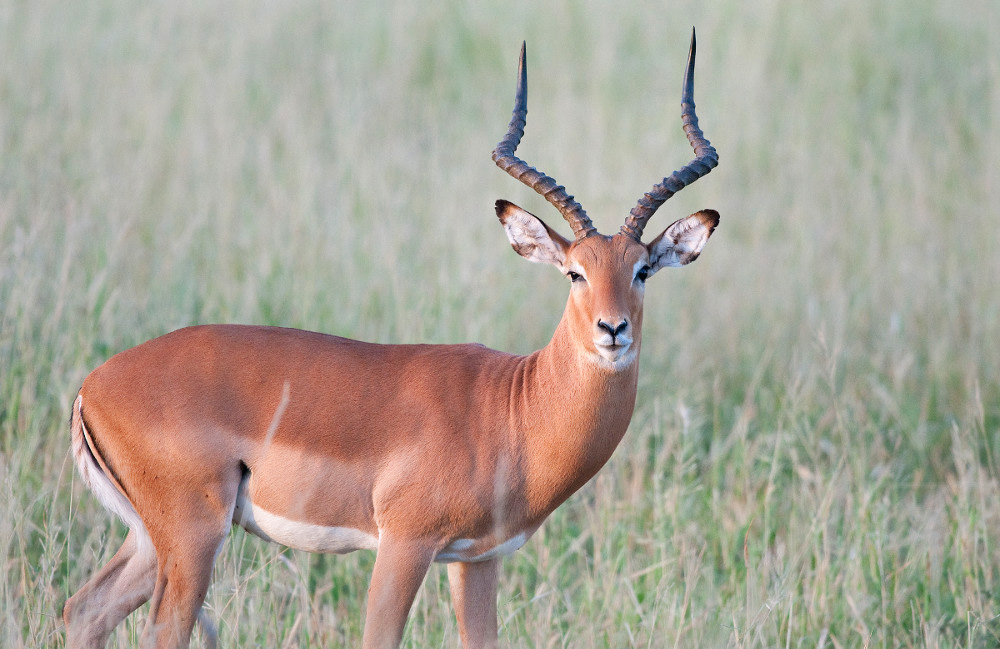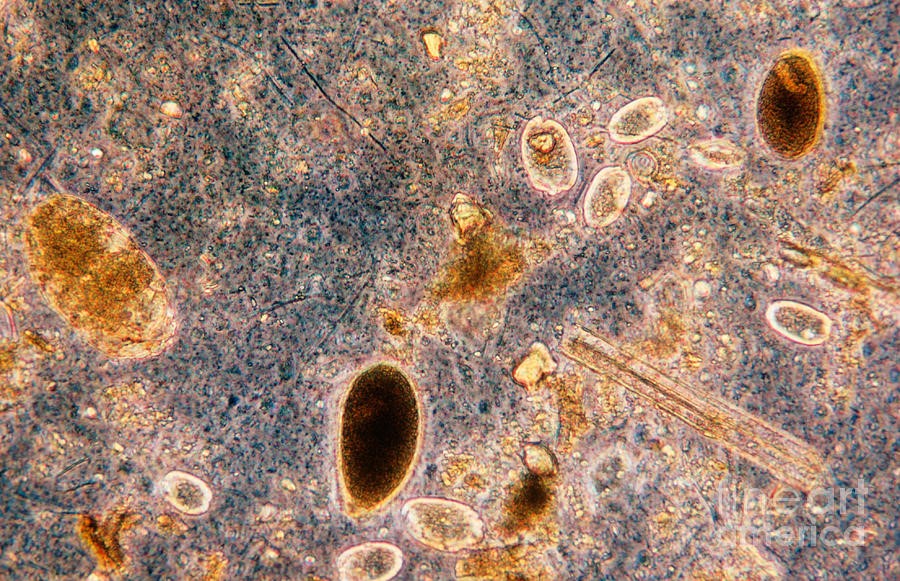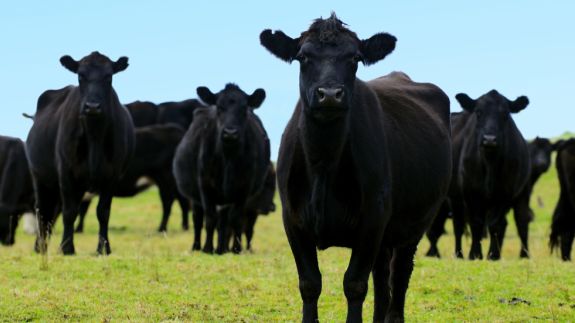
This featured ruminal microbe is Dasytricha ruminantium. D. ruminantium are the most thoroughly studied ruminal ciliate.
Please click on the image hotspots to learn more about this featured microbe.
This feature was created by: Brooke Clemmons

Learn more

D. ruminantium are also found in many other ruminants such as impala and water buffalo! Photo courtesy of the African Wildlife Foundation.
Learn more

The ciliated protozoa D. ruminantium can be cultured in a lab and possess cilia (hair-like structures) over their entire surface. Photo example of ciliated protozoa, however not D. ruminantium. Photo courtesy of https://www.ars.usda.gov/
Learn more

D. ruminantium and some other species of protozoa can “hoard” starch, which allows them to survive for short periods of time without food. However, they cannot control their rate of uptake of soluble sugars, and on diets high in easily degradable carbohydrates these microbes may burst (just like eating too much on Thanksgiving!). Photo courtesy of Eric V. Grave.
Learn more

This protozoan possesses a hydrogenosome, which contains enzymes that aid in the conversion of pyruvate to acetate. Acetate is an important glucose precursor for cattle. Photo courtesy of Beef2live.com.
Follow this link to view all of the interactive presentations for the Rumen Microbes series.